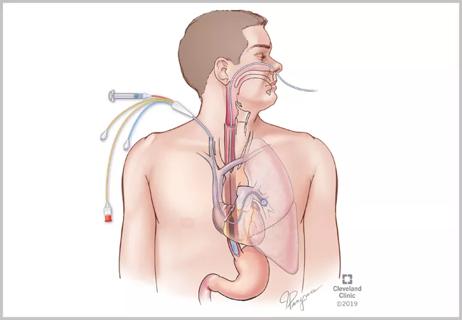
A pulmonologist describes how using an esophageal balloon can provide a more precise diagnosis and hemodynamic classification of pulmonary hypertension
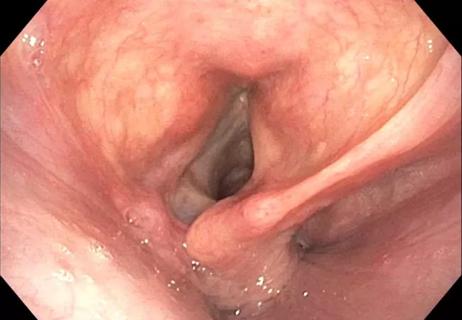
Ruling out a common diagnosis and identifying an elusive condition
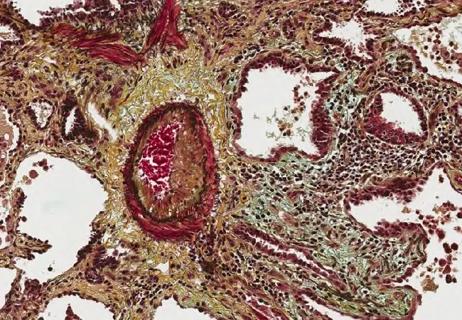
May allow greater independence and quality of life
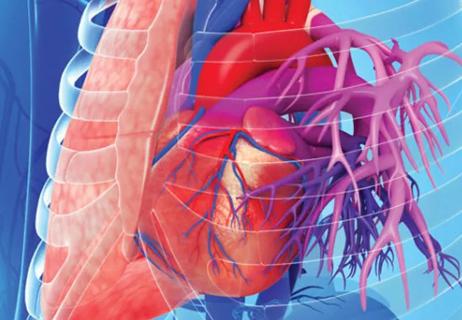
Coordinated subspecialty care improves survival, functional outcome.
Cleveland Clinic is a non-profit academic medical center. Advertising on our site helps support our mission. We do not endorse non-Cleveland Clinic products or services. Policy
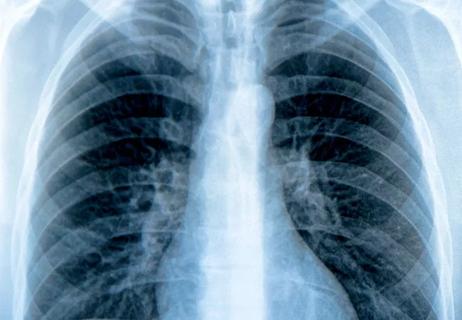
Selected maneuvers during pulmonary artery catheterization may improve care for patients
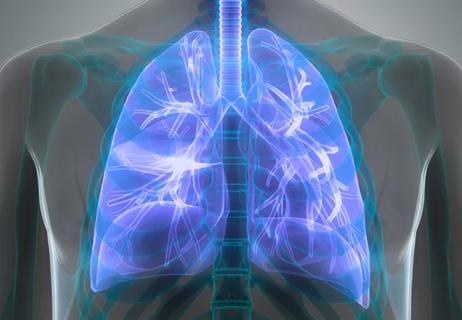
Multicenter trial studies use of bardoxolone
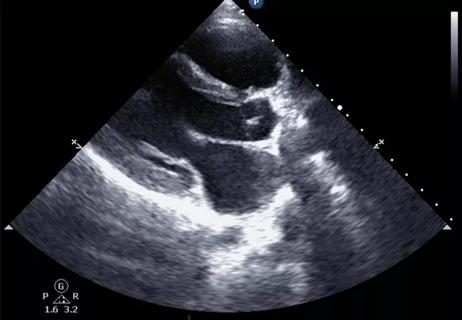
PH due to miscellaneous causes
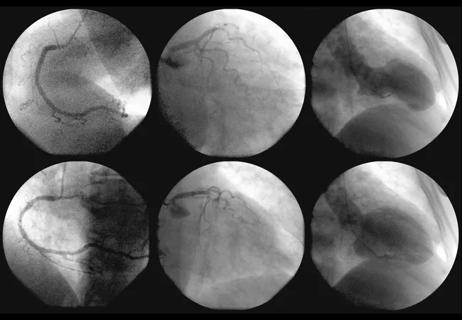
A diagnostic approach
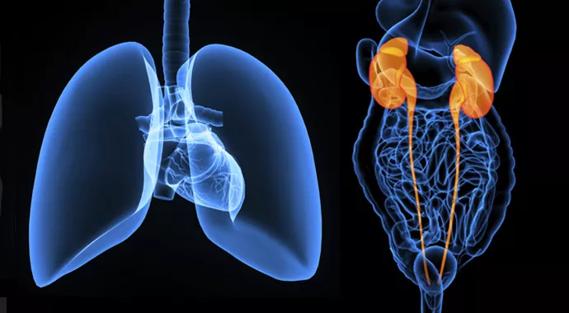
Study probes relationship between the two conditions
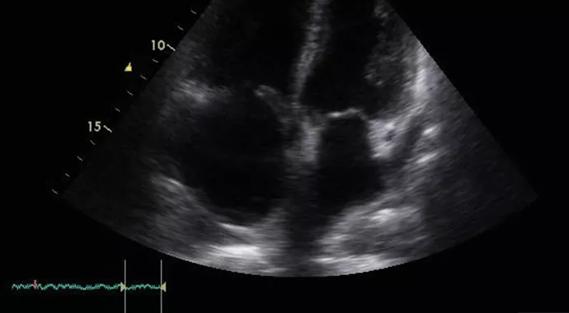
Study compares prevalence, implications for screening